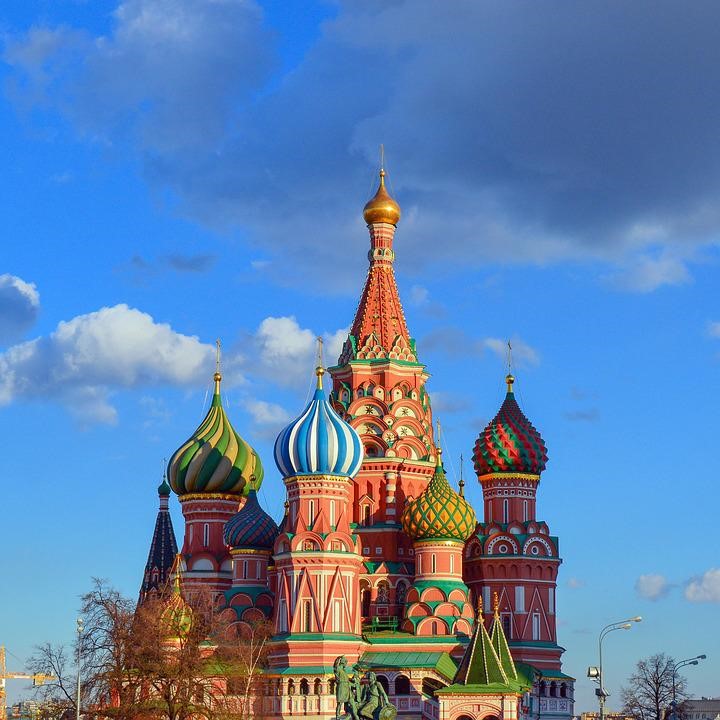A Russian protectorate may be emerging in the border area between Armenia and Azerbaijan known as Karabakh. Both Yerevan and Baku recently made public statements for the first time severely criticizing Russia’s peacekeeping forces in the area amid rising tensions that could destabilize the plateau that effectively separates the two countries. Putin’s troops were inserted into Karabakh on the basis of a trilateral declaration at the end of the 44-day war in 2020. Despite their peacekeeper label, they are failing to meet international standards established by the United Nations for such a mission. The Russian troops are acting in a one-sided manner and failing to keep the peace, according to Paul Goble of the Jamestown Foundation. He reports they do little more than “report violations of the ceasefire.”
The strained environment could spark renewed conflict between the two South Caucasus countries, despite both sides having joined in chastising Moscow. The geopolitical boundaries that once outlined the Soviet Union’s former republics are losing their clarity. The current status represents a major change in the position of the two clashing countries. Baku never wanted Russian forces on Azerbaijani territory but was unable to secure an agreement for a Turkish peacekeeping contingent. It views remnants of the Armenian-backed Artsakh government as too close to Moscow. That faction, says Goble, has failed to insist either on the withdrawal of Armenian army units from Karabakh or the Armenian construction of an alternative road into the region, so the Lachin Corridor will be under complete Azerbaijani control. “That stands in sharp contrast to Armenia’s public position,” he notes.
Senior politicians in the Armenian capital of Yerevan have been supportive of the Russian presence as government officials view the peacekeeping force as the only real protection for ethnic Armenians in Karabakh. Earlier in August some “openly expressed outrage that Russian forces in Karabakh have not responded vigorously to what Yerevan sees as Azerbaijani aggression against Armenians,” according to a Jamestown Foundation report. The South Caucasus states, which are strengthening ties to Middle Eastern countries, could soon emerge as a powder keg if the August protests continue and Russia reacts strongly to the criticism of its troops. The Armenian Prime Minister Nikol Pashinyan recently added to the argument demanding that Moscow’s role be “clarified lest more problems arise,” notes Goble. An increase in tensions threatens to spread to Iran and Turkey, two neighboring states at a time when Western countries are hoping to increase gas flows from Ajerbaijan to Europe to counter Russian reductions to those states.
What began as a limited, local disagreement over the effectiveness of Russian peacekeepers appears to be taking on the stature of an international issue involving the United States, the European Union, Turkey, and Iran. This week, as the West increased diplomatic efforts to quell the unrest, Iran began moving its troops to the Azerbaijani border, according to a report in the Nezavisimaya Gazette. Goble suggests it could go one of two ways. “Such outside involvement could lead to an easing of tensions that escalated over the past week, or it could have the exact opposite effect…The violence in Karabakh in early August 2022 was triggered by Baku’s demand in July that Yerevan immediately pull the last remaining Armenian troops out of the disputed territory.”
While Armenia claims to be withdrawing its three group of forces in Karabakh, the ground truth is more complicated. US military analysts say that military units containing Armenians from Armenia are remain stationed in the region. A second group of military units including Armenians from Karabakh itself, will soon not have any Armenians from Armenia as members of its forces. Goble points out that “Yerevan does not believe these units fall under the November 2020 declaration” as “these regiments were partially mobilized last week. The third faction is composed of irregular forces of heavily armed Armenian civilians in Karabakh and units that Yerevan refuses to manage. The Russian peacekeepers are scattered among the three groups, resulting in charges and countercharges of military action by the various sides that could lead to a broader conflict.
Russia’s pull, if anything, is weakening, according to Paul Stronski of the Carnegie Endowment for International Peace. Labeling the South Caucasus states as Russia’s periphery fails to recognize the evolving nature of the region. As the region leans more heavily toward the eastern Mediterranean, and Middle Eastern states fill the void left by the Soviet Union 30 years ago, Russia’s role today is “no longer as unchallenged as it once was, especially if Moscow cannot beef up its presence in Karabakh given troop shortages because of the war in Ukraine,” says Goble. The expanding destabilization of the region is a serious possibility that military analysts are following more closely this summer.
Daria Novak served in the U.S. State Dept.
